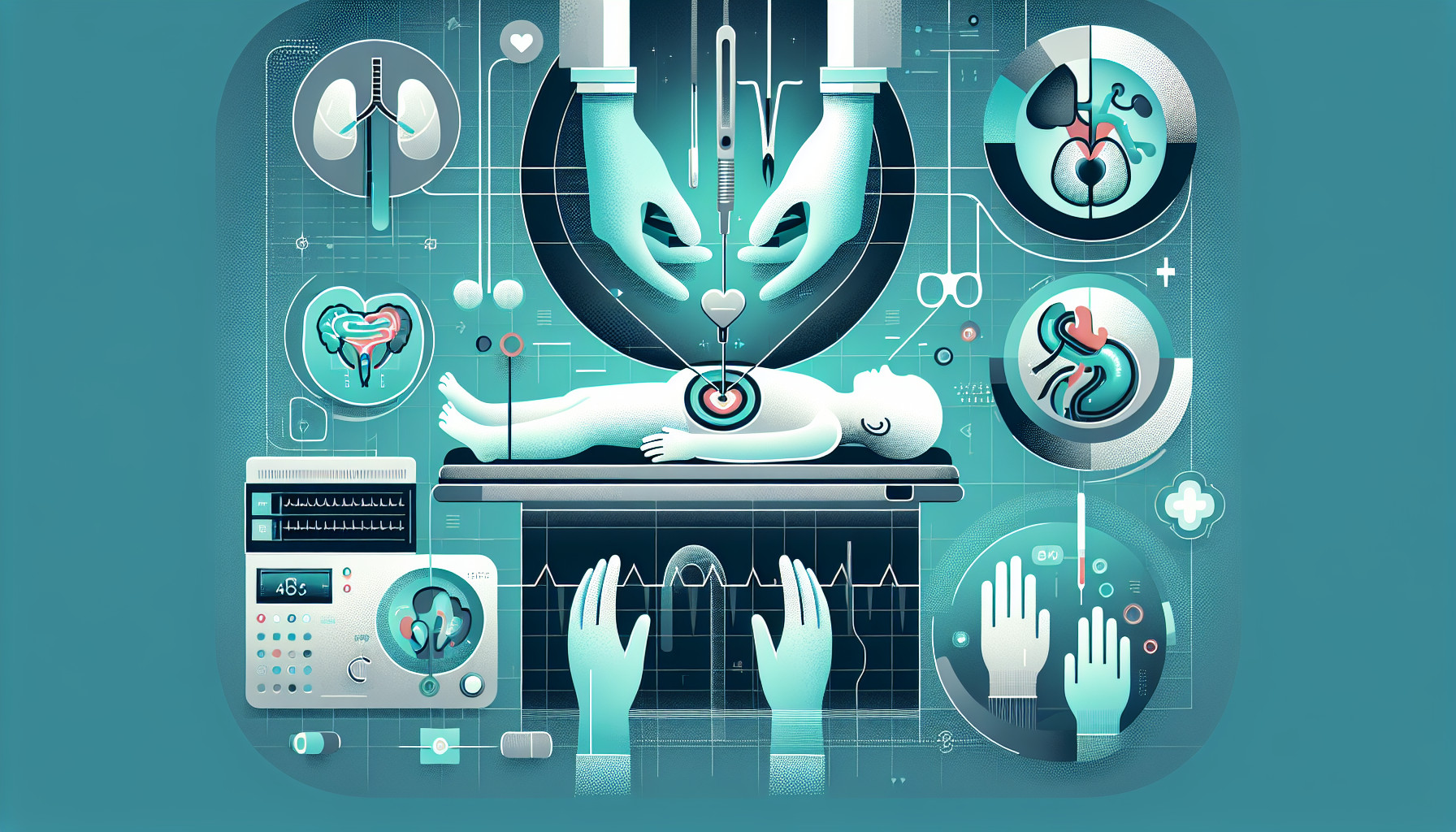Our Summary
This study is about a type of hernia that occurs in children, specifically in the thigh area, called a femoral hernia. Despite being quite rare, there’s no agreed-upon method of how to treat it. Traditionally, doctors have used open surgery, but many are hesitant to do this. The research team looked at studies about using less invasive methods, specifically laparoscopy, which involves small incisions and a special camera to guide the surgery.
They found 268 studies published between 1992 and 2023, but only 11 of these met their criteria for inclusion in their review. These studies covered a total of 87 patients, 42 of whom had the laparoscopic repair. The studies described three main ways to do the laparoscopic surgery, and none of the patients had their hernia come back afterwards.
The researchers conclude that laparoscopy is a good option for diagnosing and treating these hernias, with several different methods available. The results have been very good so far, with very few hernias recurring. However, they note that the data they have is not very high quality, so more research is needed to see how well these repairs hold up in the long term.
FAQs
- What is a femoral hernia and how common is it in children?
- What is laparoscopy and how is it used in hernia repair?
- What were the findings of the research on the use of laparoscopy for pediatric hernia repair?
Doctor’s Tip
A helpful tip a doctor might tell a patient about pediatric hernia repair, specifically femoral hernias, is that laparoscopic surgery is a less invasive option with good results in terms of hernia recurrence. It is important to discuss this option with your child’s healthcare provider to determine the best treatment plan. Additionally, more research is needed to fully understand the long-term effectiveness of laparoscopic hernia repair in children.
Suitable For
Typically, pediatric patients who are recommended for hernia repair are those with femoral hernias in the thigh area. These hernias are rare in children and can be treated using traditional open surgery or less invasive methods such as laparoscopy. The study reviewed in this article found that laparoscopy is a good option for diagnosing and treating femoral hernias in children, with several different methods available. The results have shown very few hernias recurring after laparoscopic repair. More research is needed to determine the long-term effectiveness of these repairs.
Timeline
Before pediatric hernia repair:
- Patient may experience symptoms such as a bulge or lump in the groin or thigh area.
- Patient and/or parents may consult with a pediatrician or surgeon for evaluation and diagnosis.
- Diagnostic tests such as physical examination and ultrasound may be performed to confirm the presence of a hernia.
- Surgical options, including open surgery or laparoscopy, may be discussed with the patient and/or parents.
- Surgical date and preparation instructions are provided to the patient and/or parents.
After pediatric hernia repair:
- Patient undergoes the hernia repair surgery, either through open surgery or laparoscopy.
- Patient is monitored in the recovery room and may be discharged home the same day or after a short hospital stay.
- Patient may experience some pain and discomfort at the surgical site, which can be managed with medication.
- Follow-up appointments are scheduled to monitor the healing process and ensure there are no complications.
- Patient is advised to avoid strenuous activity and lifting heavy objects for a certain period of time to allow for proper healing.
- Patient gradually resumes normal activities as directed by the healthcare provider.
- Patient is monitored for any signs of hernia recurrence in the long term.
What to Ask Your Doctor
Some questions a patient should ask their doctor about pediatric hernia repair include:
- What type of hernia does my child have?
- What are the risks and benefits of open surgery versus laparoscopic surgery for pediatric hernia repair?
- How experienced are you with performing laparoscopic hernia repairs in children?
- What is the success rate of laparoscopic hernia repair in children compared to open surgery?
- What is the recovery time for laparoscopic hernia repair in children?
- Are there any long-term effects or complications associated with laparoscopic hernia repair in children?
- Will my child need any additional follow-up care or monitoring after the hernia repair surgery?
- Are there any specific restrictions or precautions my child should follow post-surgery?
- How can I best support my child during their recovery from hernia repair surgery?
- Are there any signs or symptoms I should watch for that may indicate a complication after the surgery?
Reference
Authors: Chen AL, Wilhelm S, Sobolic M, Brahmamdam P, Akay B, Novotny NM. Journal: J Laparoendosc Adv Surg Tech A. 2024 Aug;34(8):752-756. doi: 10.1089/lap.2023.0372. Epub 2024 Mar 5. PMID: 38442225
